Graphic Design. Communication via Art
Graphic Design. Communication via Art The article about basic aspects of modern graphic design as a professional sphere. Definition of graphic design, its directions and skills needed for career.
Through its history, mankind has invented loads of different ways to communicate and spread ideas or information. Nowadays, we can see that graphic design confidently takes its place among the most popular methods using diverse visual means of communication. Having answered the question “What is graphic design?” on Quora, we also decided to share a bit more extensive version of our thoughts on graphic design definition with readers here.
What is graphic design?
Being now a solidly established sphere of artistic activity, graphic design as a phenomenon and an activity has already been described and explained in many books and articles. Being based on broad practical experience in this direction, we would define graphic design as the art whose aim is communication beyond words.
Graphic design can be described as the sphere of human activity that lies on the crossroads of several directions, first of all, visual arts, communication, and psychology. Basically, graphic designers do the job of communication to others by means of graphic (visual) elements such as images of different style and complexity, types and fonts, pictograms, shapes and sizes, colors and shades, lines and curves etc.
Graphic designer makes all those elements of visual perception transfer the message, so he makes them functional. Therefore, we could say that graphic designers are artists applying their talents mostly not in pure art, but communicating and purposeful art.
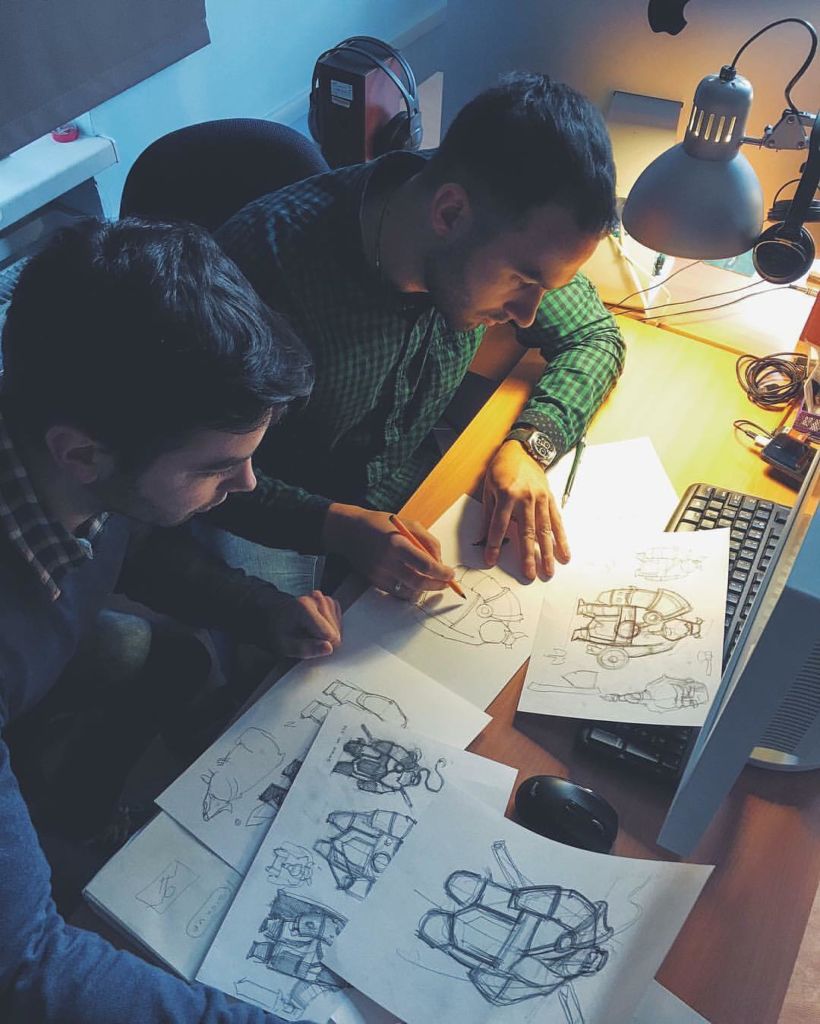
Tubik designers creating characters for a new project
Fields of graphic design
Nowadays, graphic design is an incredibly broad sphere for the application of artistic talents. In particular, it includes:
- illustration
- identity (logo and branding) design
- printed publications design (general design and layout of newspapers, magazines, books, etc.)
- icons and pictograms
- typography
- interface graphics and elements
- print advertisements
- big print items such as posters and billboards
- signs
- packaging design, etc.
Thus, it’s easily seen that modern designers in this sphere have multiple options to apply their talents.
Examples
On the basis of experience in Tubik, which is a full-fledged design team, we can offer some examples of digital graphic design created here.
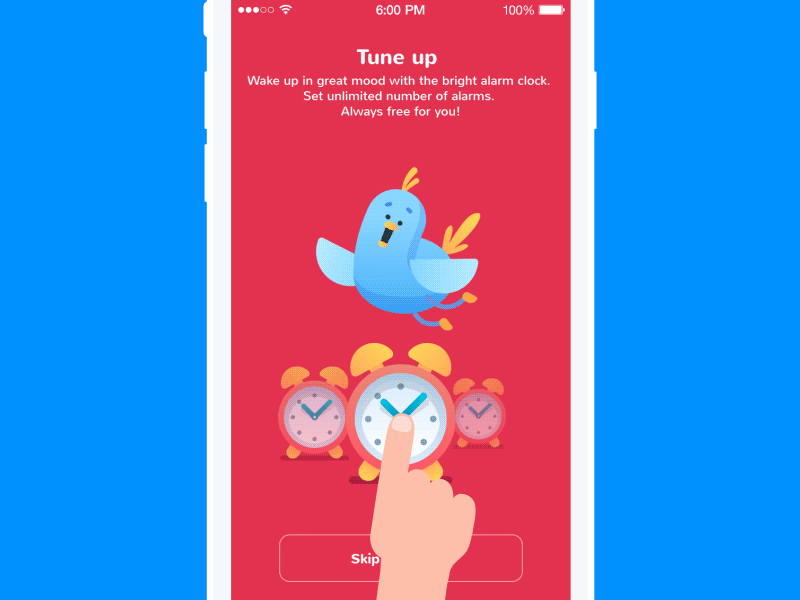
Toonie Alarm (flat illustration featuring a character as the helpful mascot of the application)
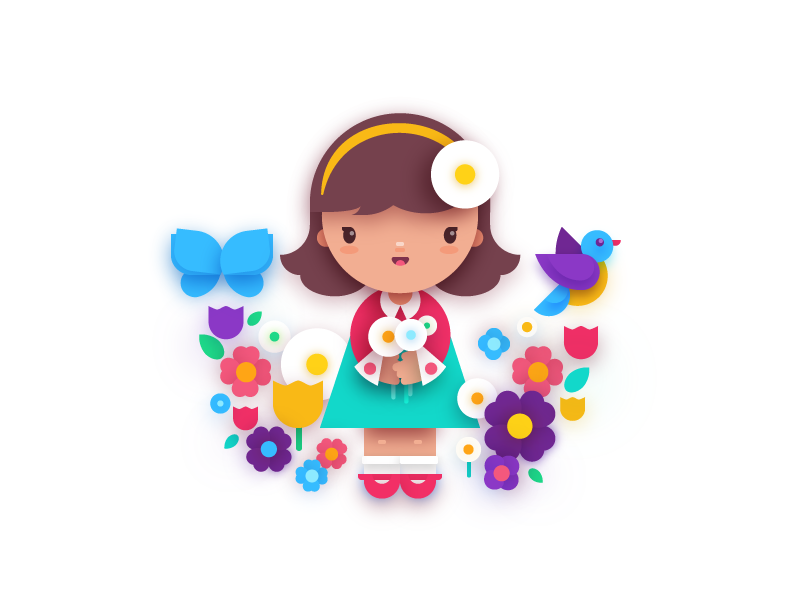
Girl and flowers (flat illustration featuring characters)
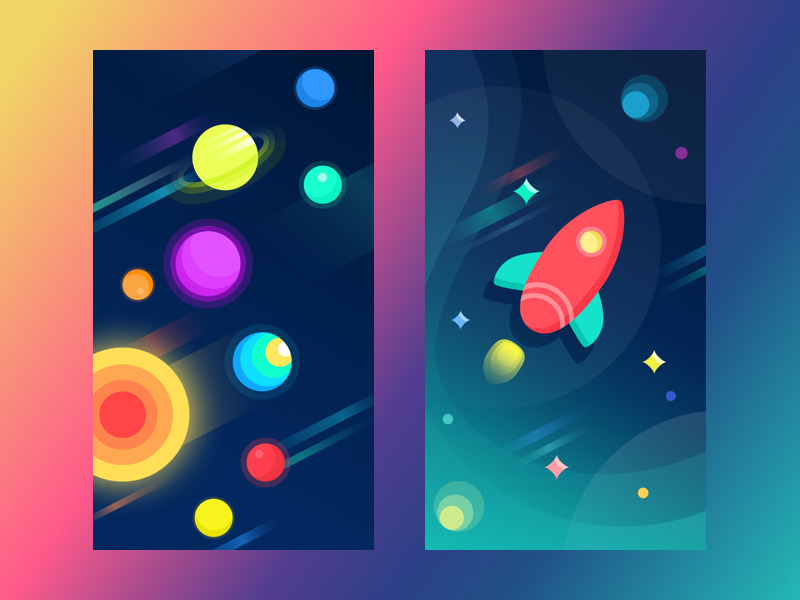
Free Space Wallpapers (graphic design piece setting the theme)
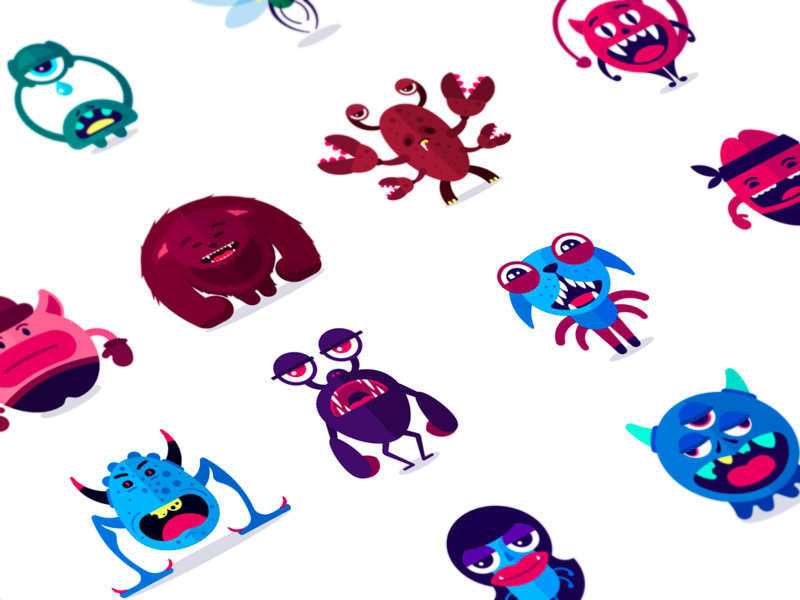
Monsters Stickers Set (flat illustration featuring characters/ mascots)
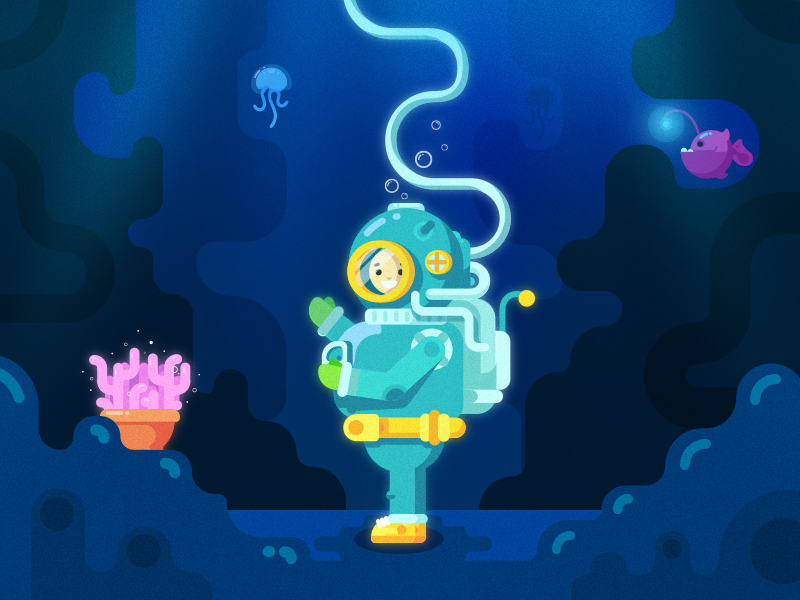
Underwater Explorer (flat illustration featuring the character and setting the theme)
![]()
Weather Icons Set (stroke icons to be used as part of user interfaces)
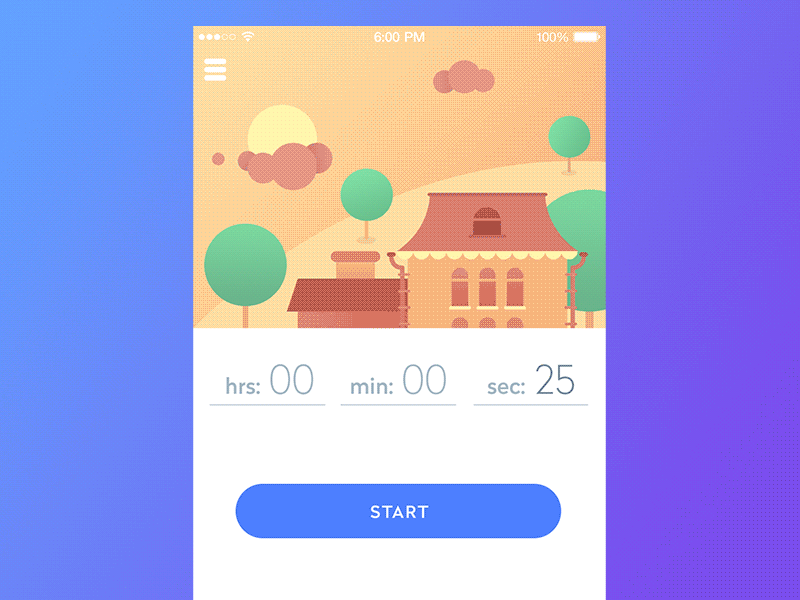
Timeline App (animated illustration providing feedback in the process of interaction with the interface)
![]()
Weather Icons Presentation (flat illustration setting the theme and featuring location in the interface)
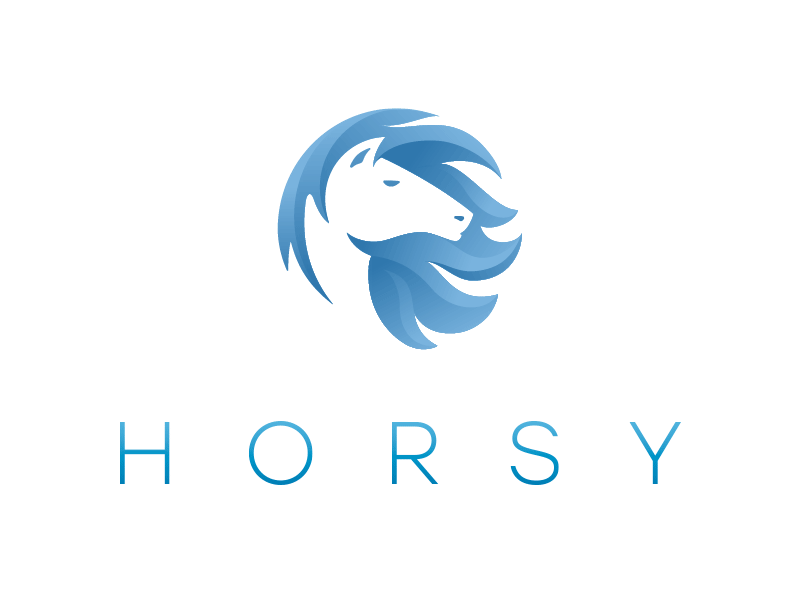
Lion browser logo (logo designed as part of the general brand strategy)
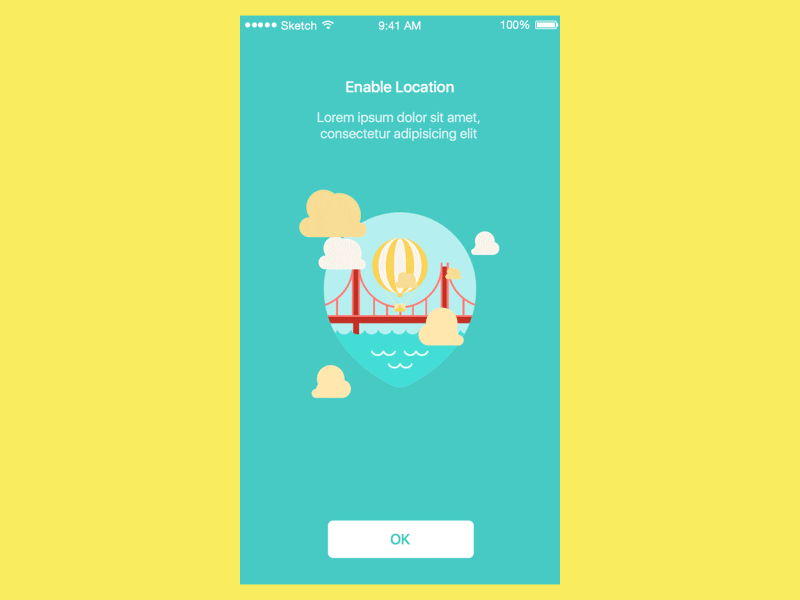
Saily App screen animations (flat animated illustration as an informative and stylistic part of the app interface)

Muscles Magazine (graphic design for sports periodical publication)
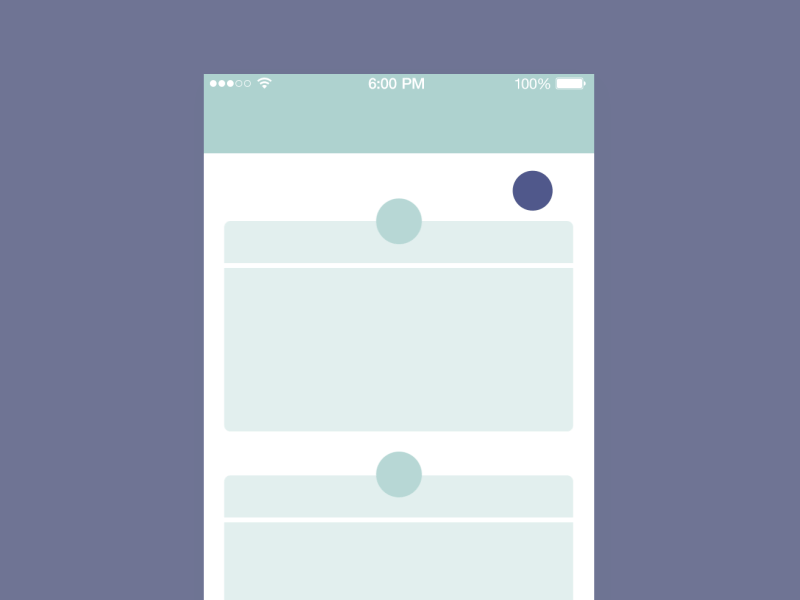
Pull Down — Space Ship (animated graphic design element used in the interface and enhancing microinteraction)
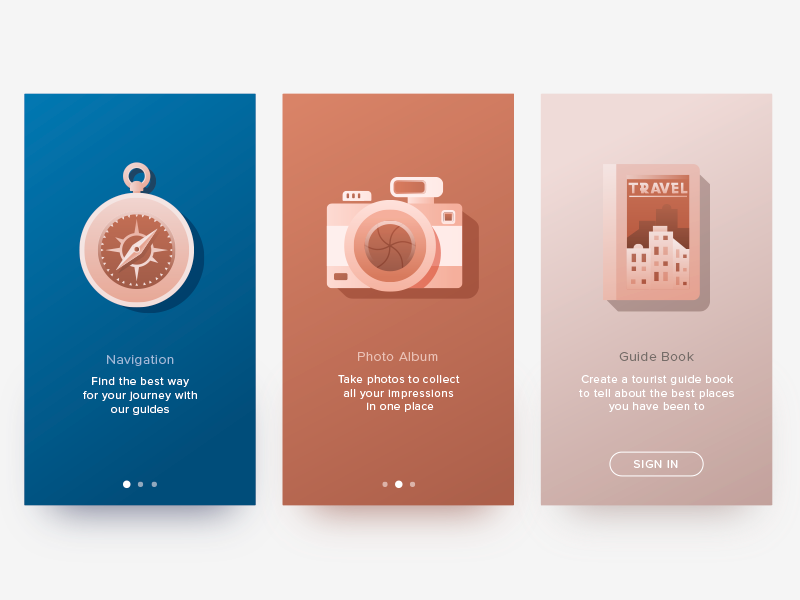
Travel App Tutorial (explanatory illustration for app tutorial)
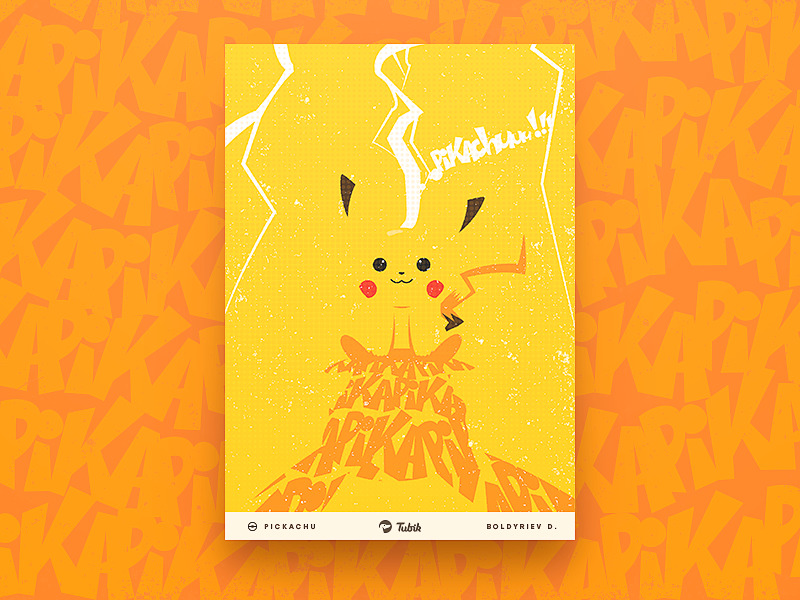
Pikachu Poster (graphic design for small printed forms such as posters and cards)
Even this small set of examples shows how diverse the tasks for a graphic designer can be, from simple stroke icons (which are actually not so simple as they seem to be) to complex detailed illustrations or full development of all the elements of brand identity.
The general aim of all these efforts, though, is to make the image or another graphic element meaningful and symbolic, communicating to the customer or user in a fast and efficient way. Improving communication, making it more impressive, expressive, and diverse stands behind most samples of different graphic assets.
Qualities and skills
Some requirements for the specialists in this sphere of work and art include the following:
- technical artistic skills and preferably qualification in some sort of visual art
- artistic talent and creative nature
- good artistic eye and feeling of harmony
- ability to draw well
- good skills in composition and visual analysis
- ability to work on the analysis of the target audience and possible options for communication with it
- ability to apply different techniques of drawing and painting, preferably both with manual and digital tools
- ability to learn and self-improve all the time as the sphere is extremely dynamic and diverse etc.
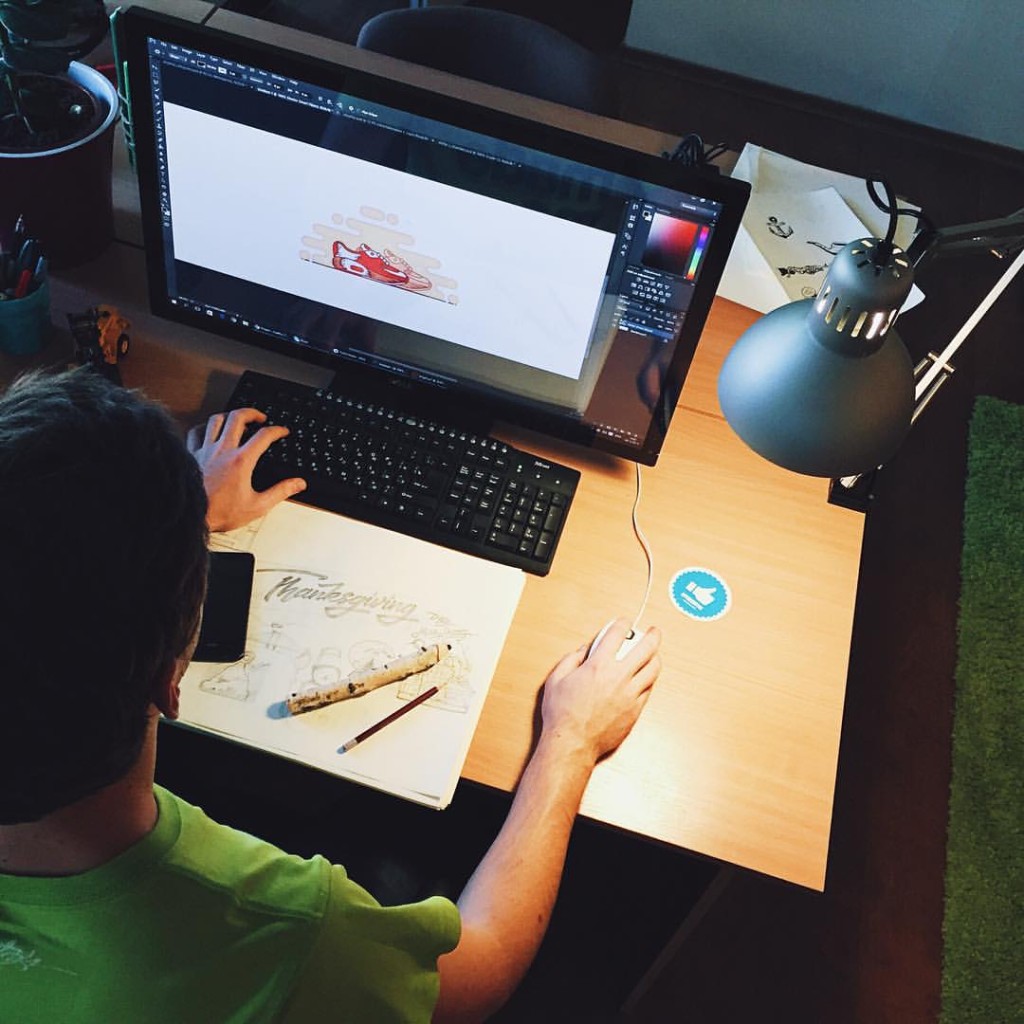
Can anyone be a graphic designer?
This is one more question actively discussed on Quora and we also took part in the discussion. let’s review the thoughts.
Physically any person, with hands and eyes working properly, is able to try himself or herself in the sphere of graphic design. As well as anyone who is able to write can try writing, and anyone able to communicate can try, let’s say, management or teaching. In any sphere, there always is a chance to become successful (or not) if you have the necessary basic physical abilities. However, it can often be not enough to become professional and efficient in this field.
Being based on the diverse experience of communication with graphic designers, it is easy to see that to become a professional and bring home the bacon with the efforts in the sphere of graphic design, the person needs to have a number of characteristics. And first of them, as for any creative job, are passion, talent, ability to work hard and readiness for constant learning and self-improvement. Having all these traits, the person will be able to practice necessary skills, to master needed software, to gain the solid basis of theoretic knowledge and so on . Behind the passion we mean sheer and sincere interest to the field of design and feeling it as the source of inspiration and ambition. Without it, designers are able to solve the tasks and provide the results, but they will be technical, without any soul and heart. Book without a soul is just a set of words. Image without a soul is a set of shapes and colors. Communication without a soul is just a set of sentences. Design without a soul is just a set of features. To breathe in the life into all of them, the passion of the creator is a key factor.
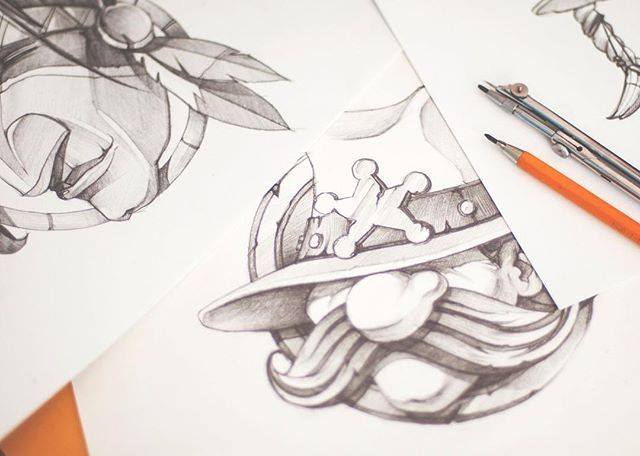
However, with the words said above you can get caught into a trap. Passion which is being talked about is not something that just strikes you one day and tells you «Stand up and go to design». In most cases passion is like appetite: it comes when the process starts, when you try and feel that THIS is something you would like to do and grow in. Even more, there are many professionals who got into deep and sincere passion for their craft in the process of improving their skills or accomplishing the projects.
No doubt, it’s possible to become a graphic designer only through hard work: the person will get the technical ability and will be able to accomplish the tasks requiring, perhaps, lower level of creativity. And in this process people sometimes open great interest and particular talents needed to achieve high results and appreciation in the sphere of graphic design.
One more thing to mention is that the job of graphic designer (again, as any other creative work) sometimes looks so romantic, inspirational, bright and deeply creative that people do not see hard and thorough work with developing some small details over and over again, with tons of iterations and great effort of creating not only good-looking but also effective and meaningful design. This job is not just the firework of bright emotions, creativity, inspiration, self-realization and happiness. It is also hours of search, sketching, polishing, staring at computer screen with non-seeing eyes, communication with clients, keeping the deadlines and guidelines. The ability to combine all those sides of design reality is one more vital skill to make a successful professional.
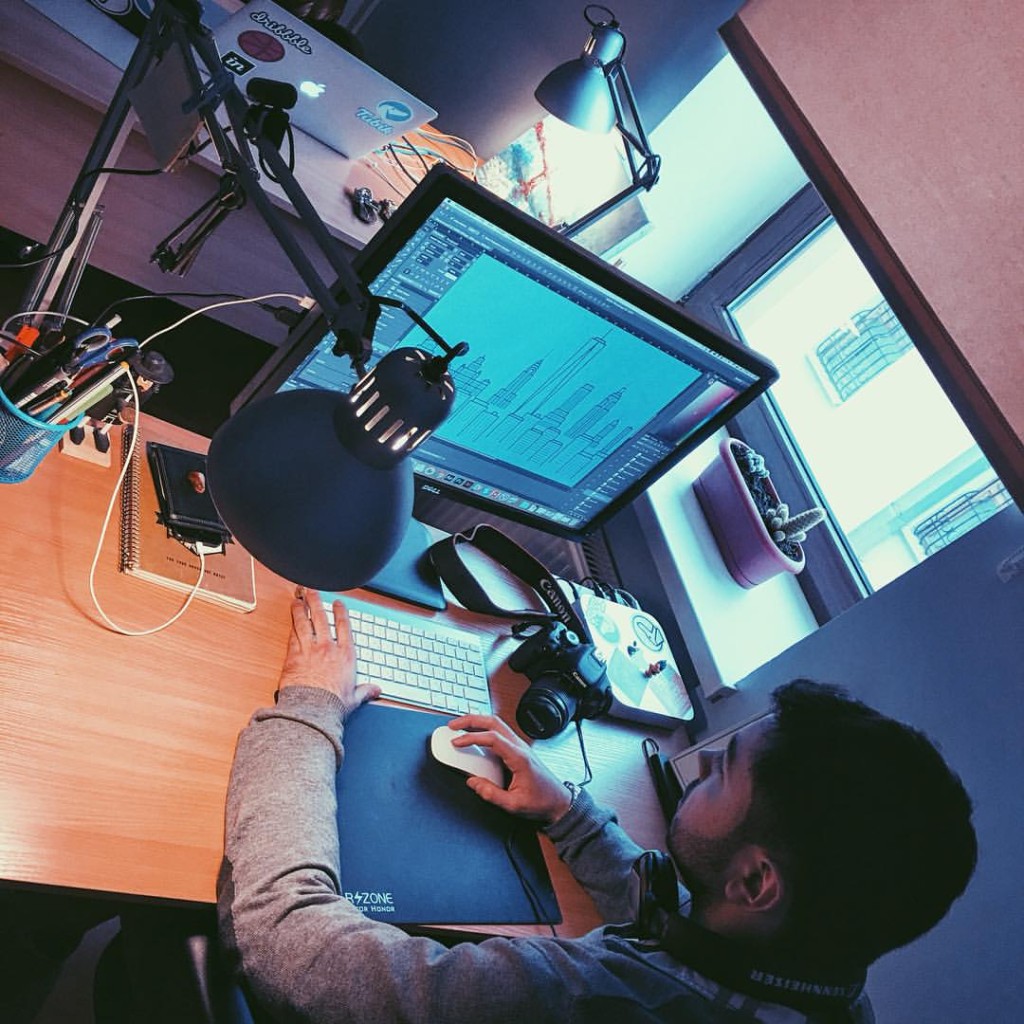
So, summing up, we tend to answer: no, not anyone can be a graphic designer. But everyone can try if he or she wishes. This attempt in any case will be the gain as for someone, it will open the door to the diverse world of graphic design, while for others it will close that door opening the others at the same time and giving experience, which is anyway useful.
This topic is so deep that one post is, for sure, not enough to cover all the aspects. We are going to tell more in detail about all the directions of graphic design in our further articles, meanwhile welcome to read in detail about the functional potential of illustrations in UI. Stay tuned!
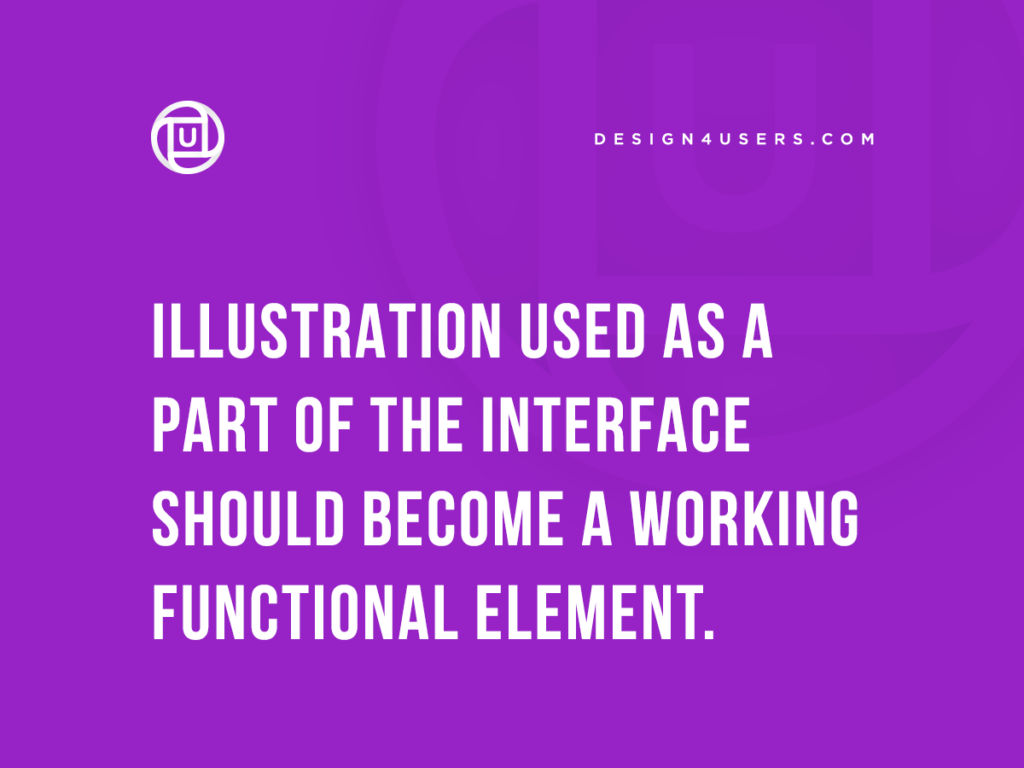
Useful Reading
Flat Design. History and Modern Practices
Design Glossary: Basic Color Terminology
Functional Art: 10 Big Reasons to Apply Illustrations in UI Design
State of the Art: 15 Creative Graphic Design Concepts
Illustration Case Study: Winter Olympics Illustration Step-by-Step
How to Create Catchy Flat Illustrations: Designer’s Tips
Small Item, Big Impact: Types of UI Icons
6 Creative Stages of Design for Branding
Creative Stages of Logo Design
Originally written for Tubik Blog
- English
- Ukrainian



